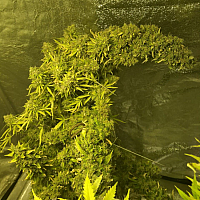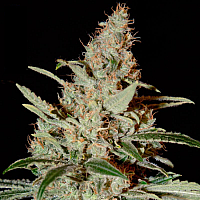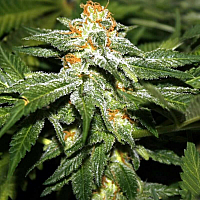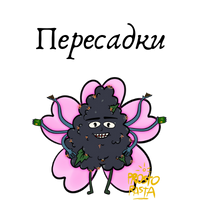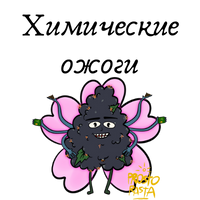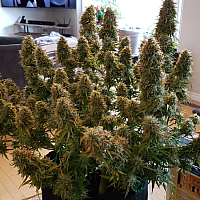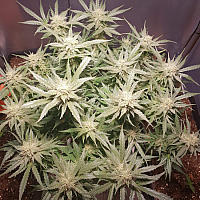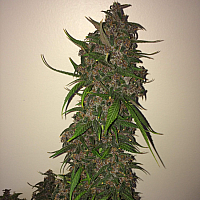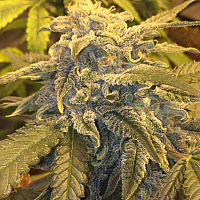Setting up ES and TDS
What is ES and TDS
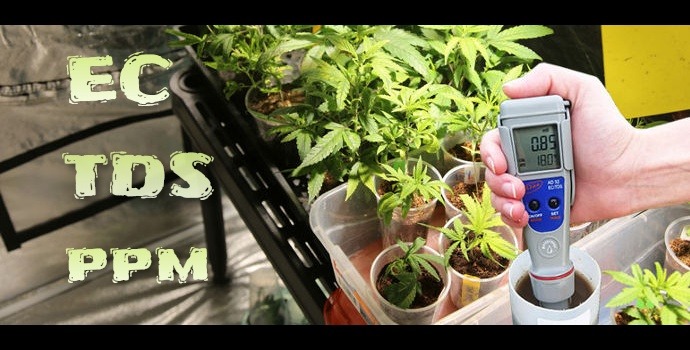
When a hydroponic cannabis plant is unhappy , it can show all sorts of unhealthy signs. However, in order to understand the cause of any problem, it is necessary to know exactly what concentration of nutrients the plant is receiving.
To understand how this works, you will need to use a digital meter to measure the EC and TDS of our nutrient solution. In this article, you will learn to distinguish between EC and TDS, how to accurately measure the conductivity or mineral concentration around the roots of your plant.
CONCEPT EC (electrical conductivity)
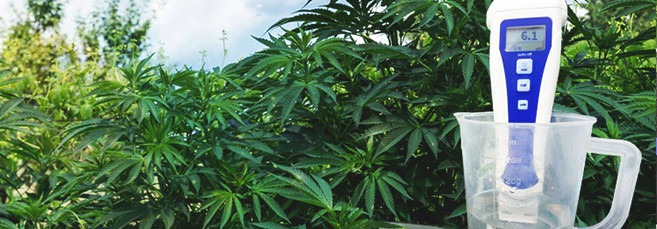
Why does electrical conductivity (EC) play an important role in cannabis cultivation? While it is not necessary to measure EC to successfully grow cannabis , it can provide you with the added benefit of allowing you to fully control your nutrient solution.
Understanding what's in the water your plants are getting gives you the ability to create the perfect balance of nutrients, which means you can completely avoid all sorts of problems like nutrient deficiencies, fertilizer overdoses, pH issues, and root scorch. These are all common problems associated with incorrect EC or TDS levels , so before jumping to a conclusion, it is useful to study all aspects so that you know whether these changes are related to nutrients or not.
Determining the EC of your water means you can adjust your feeding schedule accordingly, allowing you to be sure that the solution you are giving your plants is not too strong. We recommend starting with clean water if possible, if not, it is preferable to use tap water with a TDS value below 350 PPM .
DIFFERENCE BETWEEN EC AND TDS

EC and TDS are more than two ways to test the same substance. The difference between the two is that EC measures the charge of a solution, while TDS gives an indication of the amount of minerals dissolved in it.
EC - Electrical Conductivity
Electrical conductivity (EC) measures the charge of salts (sodium and chloride ions) present in an aqueous solution. A high EC level means that the solution contains more positively charged sodium ions and is therefore conductive and electrical current can flow through it. Electrical conductivity is measured in microsiemens (mS/cm).
Most of the solid particles dissolved in water are ionic compounds and consist of positively or negatively charged ions, which also indicates a balance between metallic (positive ions) or non-metallic elements (negative ions).
Pure water, such as distilled or reverse osmosis water, is neutral and has no charge because all minerals and salts have been removed from it. That is, there is nothing in the water that could pass through it. The EU will give a reading of 0 in this case.
TDS - Total Dissolved Solids.
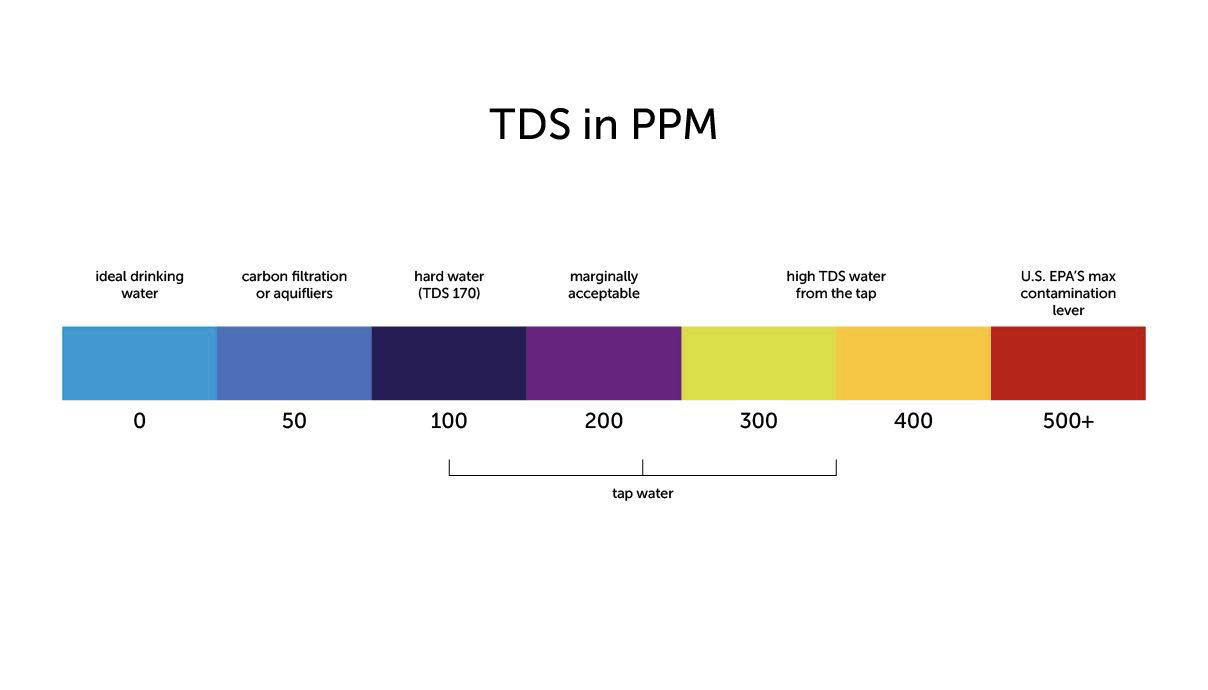
Some non-salt elements that are present in fertilizers may not show up on EC readings, so manufacturers often focus on TDS, total dissolved solids, as this gives a complete picture of the mineral content of a solution.
In essence, the TDS reading is just an EC conversion with certain calculations.
Total dissolved solids (TDS) indicates the total amount of minerals or salts (ionic or non-ionic) that are soluble in a solution. Because we don't know exactly what minerals and salts are present in a solution, TDS can tell us if the nutrients are too concentrated for our plants or not.
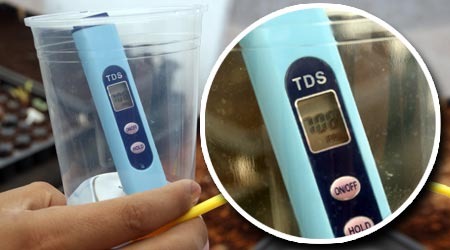
By checking our drainage, we can get an idea of how many minerals each plant is consuming in the solution.
PPM - PPM, or parts per million, is a metric value that is used to measure the total amount of dissolved solids in a liquid solution.
There can be a bit of confusion here because there are different PPM scales used by certain brands that make EC fixtures:

EC to TDS conversion table
With this in mind, do not forget to check the coefficient of the brand of the device that you have.
EC and TDS FOR CANABIS

The devices are often used by growers. They help to regulate the growth of the cannabis plant.
TAP WATER FOR CANNABIS GROW
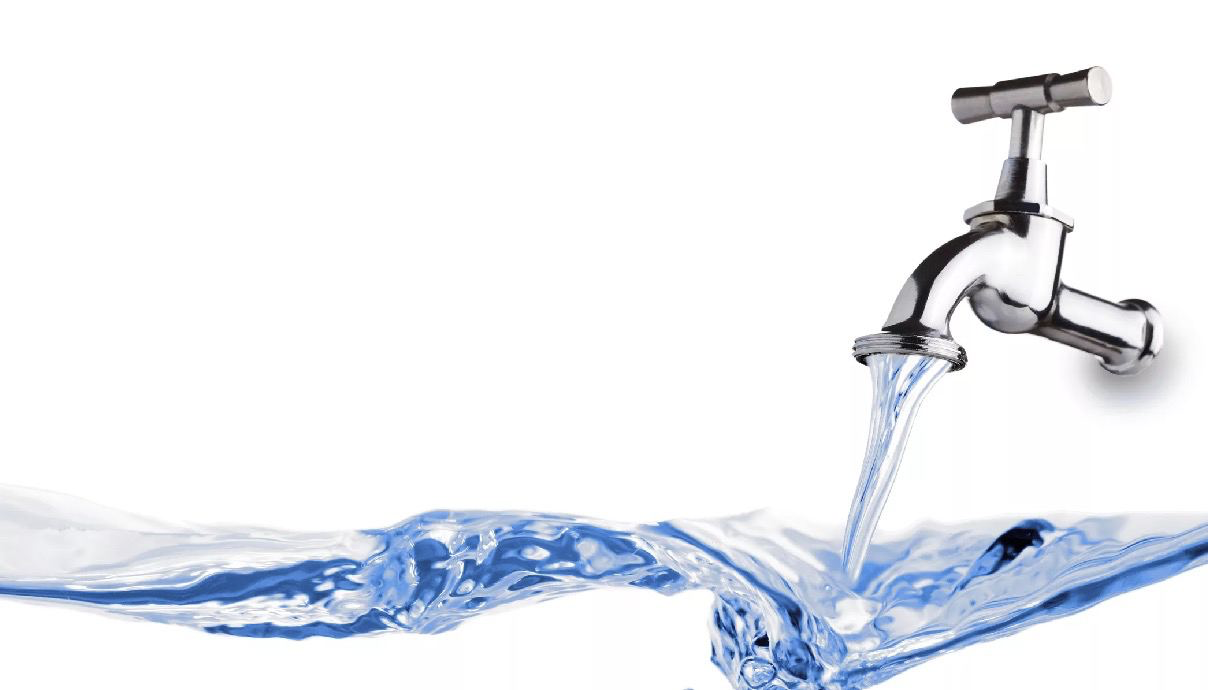
If your running water has a high PPM level, then you will likely need fewer nutrients. When water exceeds 500 PPM , heavy metals and salts can significantly affect EC, making it difficult for nutrients to enter and remain.
Depending on the quality of the tap water used, it may be necessary to install a reverse osmosis system that can reduce the PPM of the water to 0-10PPM before adding any nutrients.
To reduce PPM, there are various ways to purify tap water at home. If reverse osmosis systems are beyond your means, you can purify the water using distillation methods or carbon filters.
Tap water around the world is different and will contain dissolved solids in certain amounts. If you want complete information about the salt and mineral content of your water, you can contact your local water company. As a general rule, if you can't drink it, then your plants most likely won't either.
Tip : Most tap water readings in Europe are below 300PPM, which is not critical enough to miss the proper transport of nutrients to the plants.
BEST THE SOIL CHOICE FOR YOU GROW MARIJUANA
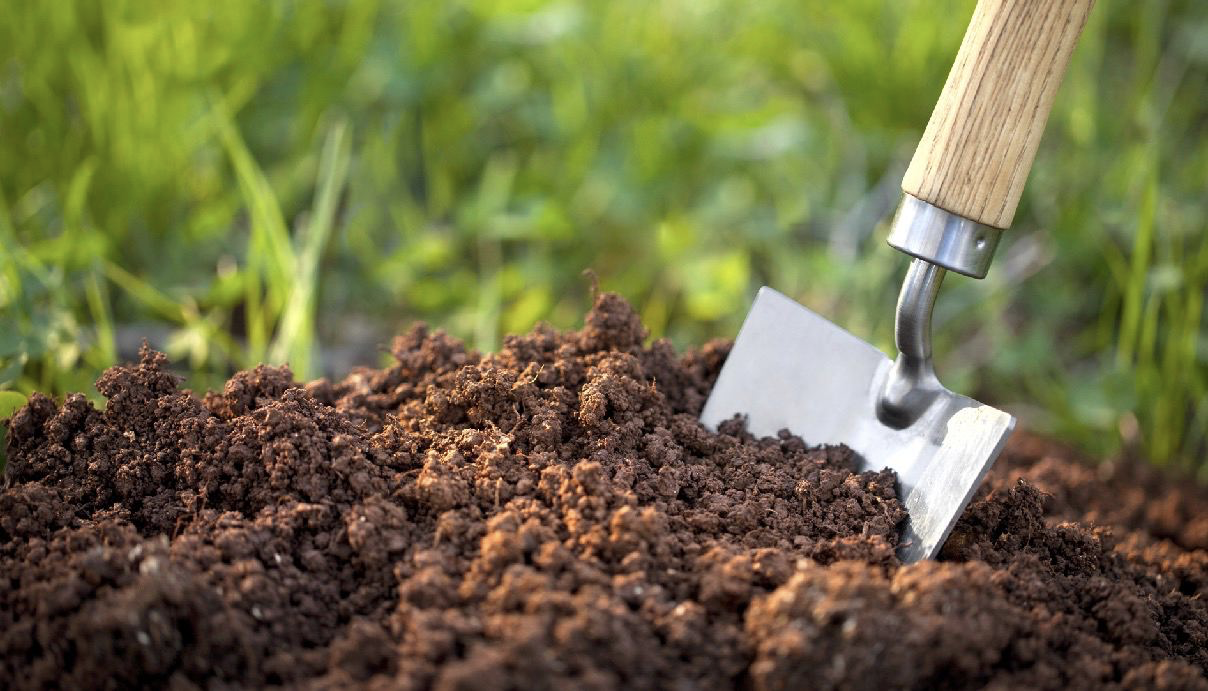
Measuring EC in soil is not as common as the risk of overfertilizing the plants is much less. Depending on the quality of the soil and its enrichment, the substrate may provide the required level of conductivity, and in many cases additional nutrients may not be needed.
However, if the soil is of poor quality, then EC measurements of runoff water can give the farmer an idea of whether the plants need more or less nutrition . This is especially important if chemical fertilizers have been added to the soil, as salts can build up around the roots, raising TDS and pH levels.
HYDRAPONICS SYSTEM TO CANNABIS GROW

In hydroponics and other soilless growing methods where no substrate is available, measuring EC makes a lot more sense. This is due to the fact that the roots come into direct contact with nutrients, to which the plants react immediately. Roots are very sensitive and an incorrect EC measurement can drastically impair root and plant health.
Extremely low levels of EC can actually cause nutrient or water leakage from the roots as the plant attempts to balance itself with the nutrient solution (positive and negative ions cancel each other out).
Tip : Temperature can also affect the EC of the nutrient solution, causing it to rise.
OPTIMUM EC/TDS LEVELS
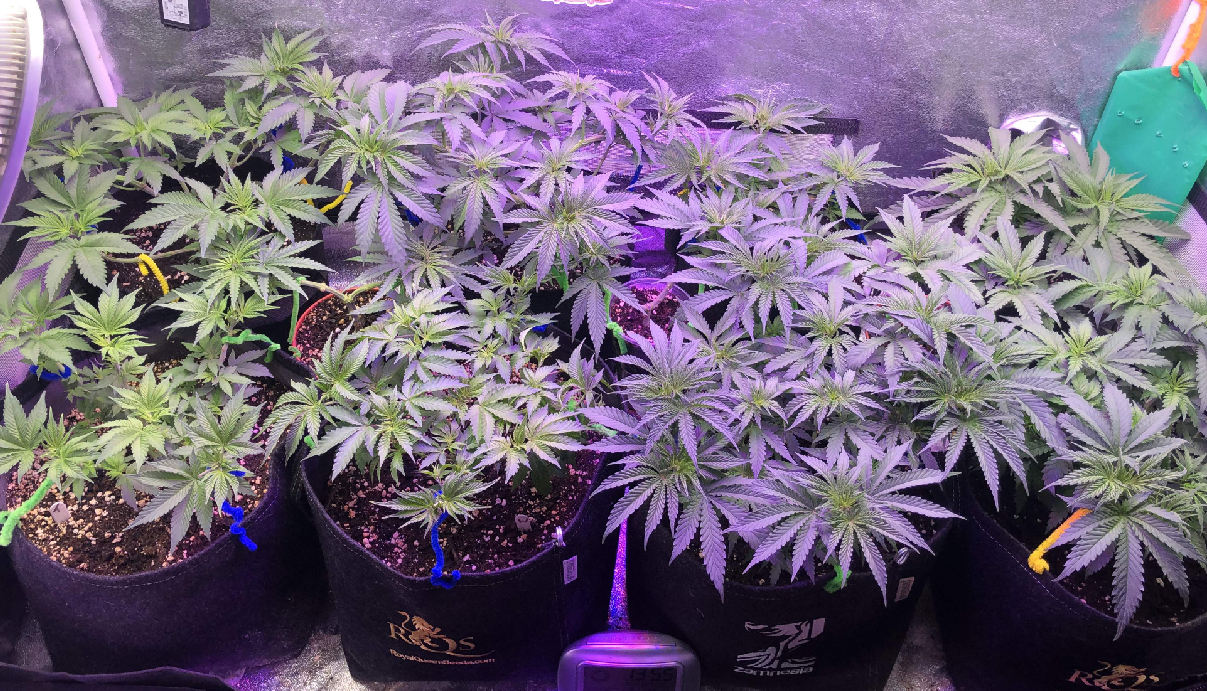
Most fertilizers come with a feed distribution chart that indicates the optimal EC/TDS level . We recommend testing your water before and after adding nutrients to get an idea of how much of each nutrient you need to add to get the right balance.
A rough estimate of the correct EC/TDS for a cannabis plant during its cycle, using the Hanna 500PPM handheld EC meter:
Tip : The TDS goes down as the plants take up the nutrients, so you might as well just add more of them to your tank. There is no need to change the tank every time you feed as you may be wasting nutrients.
EC/TDS MEASUREMENT
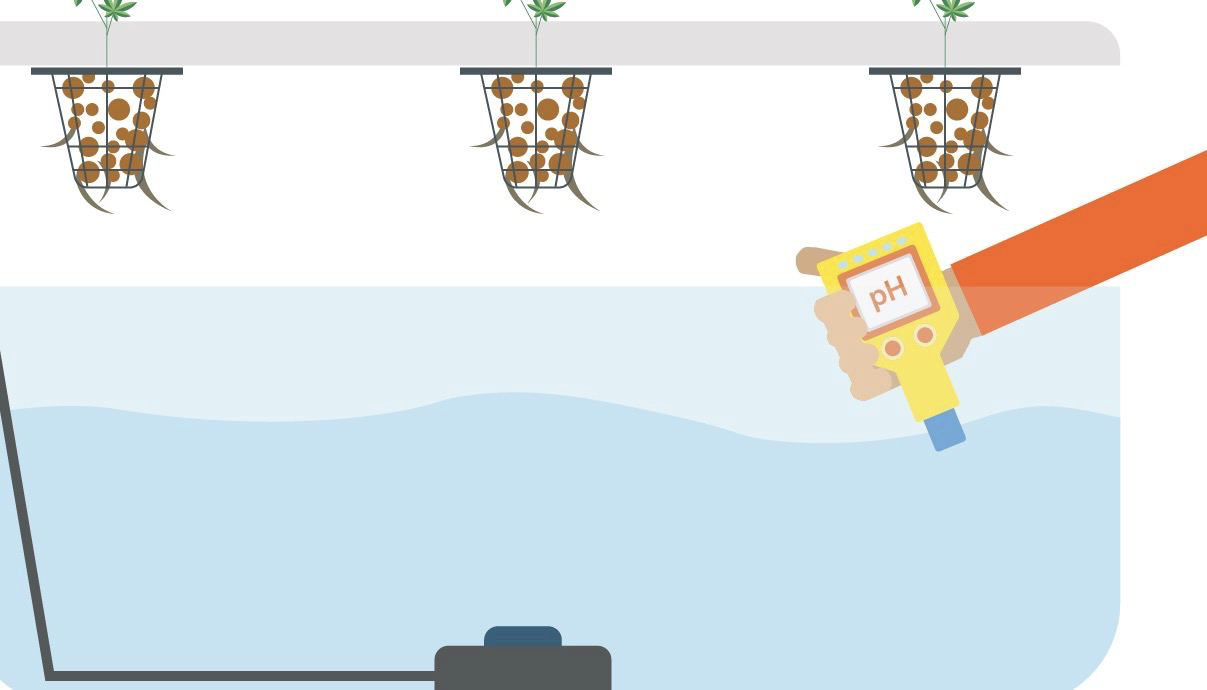
Most EC meters on the market additionally measure TDS, which makes conversion easy. The conversion is not always accurate due to many variables (such as temperature), but EC can give us a good idea of TDS with a difference of about 10-15%.
Choose a high quality meter with a high PPM range (up to 2000PPM is sufficient) and calibrate it regularly to ensure maximum reading accuracy.
CONCLUSION TO GOROW CANNABIS
If you are just starting to grow a plant without EC and TDS , don't worry too much about it. You can still grow excellent quality cannabis by understanding how your plants respond to the water and nutrients you give them, as well as the right pH. To do this, you can choose seeds for beginners in our Prosto Rasta seed store
Try to get a baseline of your water to begin with, and as you gain experience, you may want to experiment to see how fine tuning EC/TDS and nutrients can improve your growing practice. Happy growing!
*All information provided is for informational purposes only and is not a guide or call to action. All materials are taken from the Internet.
Related Products
Growing Durban Poison Auto Durban Poison Auto is a feminised autoflowering cannabis strain. Among advanced gourmets and connoisseurs African sativa Durban Poison enjoys a special good fame, becau..
90 грн
Growing Chemdawg Auto Chemdawg Auto is an easy to grow strain that is a powerful starting point for anyone new to growing autoflowering cannabis strains. The very fast flowering time make..
100 грн
Growth characteristics of Hindu Kush Auto Hindu Kush Auto is a very rich, Indica-dominant, auto-flowering hybrid, which gives it a good advantage over photoperiodic strains and it is easy..
105 грн
Related Articles
Useful hints for home grovers The recommendations in this article will help you improve your plant yields, prevent mistakes, and improve your chances of finishing your grow with great results..
Techniques to properly transplant cannabis at home In the literal sense, a transplant is the transfer of a plant from one container to another so that it does not die and, i..
Cannabis chemical burn treatment methods Chemical burn , also known as " overdosing " is one of the most common problems that beginner growers face. At the beg..



-24x24.png)



-24x24.png)


-24x24.png)

-24x24.png)
